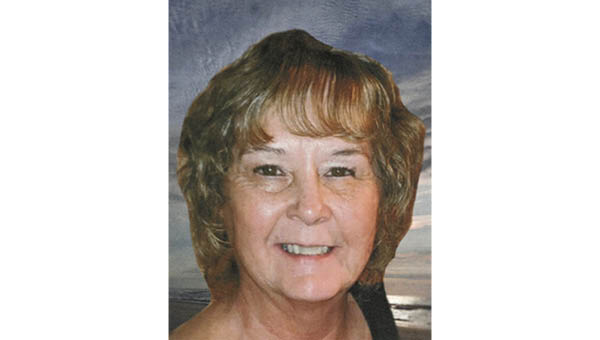AAA urges caution as daylight saving time approaches
Published 9:04 am Friday, March 7, 2025
|
Getting your Trinity Audio player ready...
|
As Tennesseans prepare to “spring forward” an hour this Sunday, AAA is issuing a reminder about the dangers the time change can have on drivers.
“The time change impacts daylight hours and sleep patterns, raising the risk of drowsy driving, which can contribute to a dangerous crash,” said Megan Cooper, spokeswoman for AAA – The Auto Club Group. “Even though it is only a one-hour difference, people may experience what feels like a mini jet lag, which can take time to fully adjust to.”
Common symptoms of drowsy driving include:
– Trouble keeping eyes open
– Trouble keeping your head up
– Drifting from your lane
– Inability to recall the last few miles driven
– Feeling restless or irritable
– Daydreaming or having wandering thoughts
Trending
“It is also important to pay extra attention near schools, particularly in the mornings,” Cooper continued. “Moving clocks forward one hour means it will stay dark later into the morning, when children will be on their way to school.”
A 20-year study published in Current Biology analyzed more than 732,000 car crashes, finding a 6% increase in fatal crashes during the week following the switch to daylight saving time.
To protect yourself and others, AAA recommends drivers commit to the following safe driving practices:
– Stay alert and rested: Ensure you get enough sleep before driving. Fatalities due to drowsiness are 10 times higher than reported. Drowsy driving is as dangerous as driving under the influence.
– Avoid distractions: Drivers should not use a cellphone while behind the wheel. Ninety-three percent of drivers recognize the dangers of texting, emailing and reading while driving, but 37% reported reading a text or email while driving in the past 30 days. Stow your smartphone away, turn it to airplane mode or activate call and text-blocking features like “Do Not Disturb.”
– Obey speed limits: Speeding significantly increases the severity of a crash. The AAA Foundation for Traffic Safety’s annual Traffic Safety Culture Index found that nearly half of drivers (49%) admitted to going 15 mph over the posted speed limit on a freeway at least once in the past 30 days, while 36% of drivers reported driving 10 mph over the posted speed limit on a residential street.
– Drive sober: Ninety-five percent of drivers overwhelmingly perceive drunk driving as dangerous and socially unacceptable, yet 7% admitted engaging in this behavior in the previous 30 days. If you consume cannabis or alcohol, don’t drive. If you are taking potentially impairing prescription medications, discuss with your doctor or pharmacist how best to stay safe and healthy behind the wheel.
– Buckle up for every ride: It does not matter where in the vehicle you are seated. A properly worn seat belt is the most effective way to survive a traffic crash. Don’t forget passengers. A 2024 AAA analysis of five years of government crash data revealed that child seat and booster use declines after a child turns 3. Find child passenger safety resources by state, including how to get a car seat checked, occupant protection laws and answers to car seat questions.






